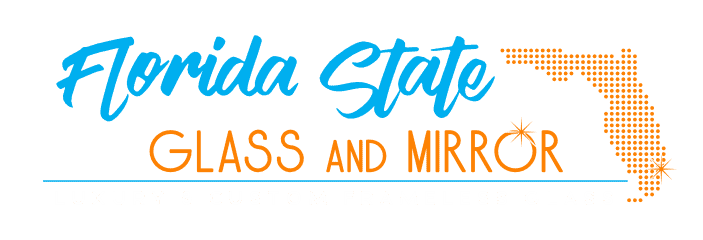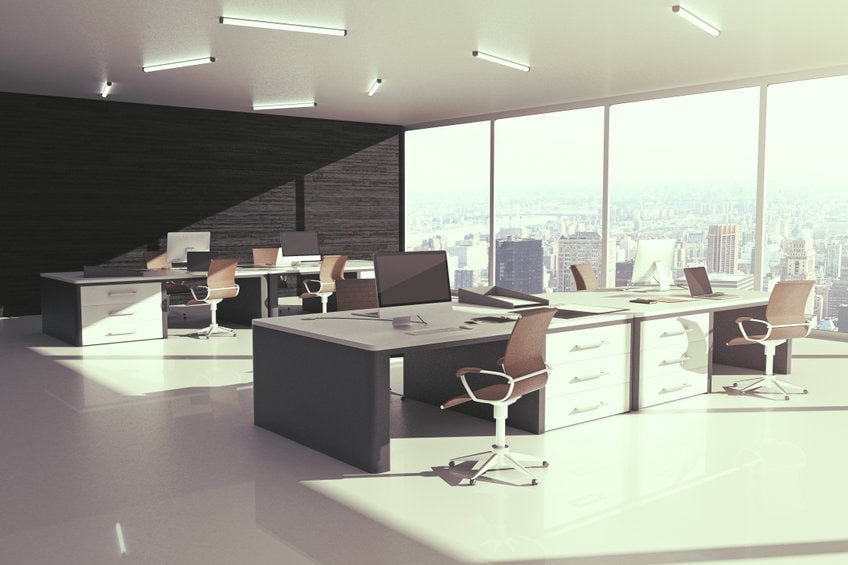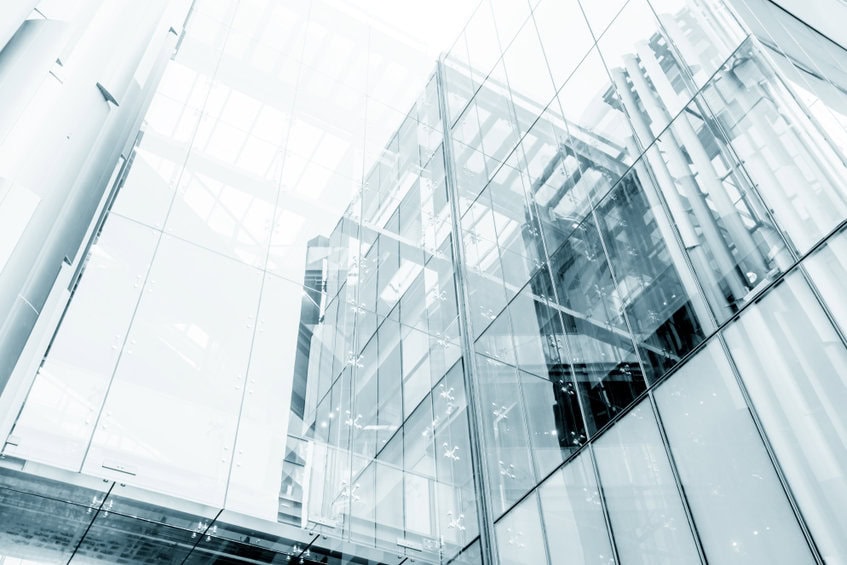Shining a Light on Productive Workspaces with Glass
The Harvard Business Review reported on a study conducted by the HR advisory firm Future Workplace, which found that the #1 office perk is natural light. Of course, with our passion for clear glass railings and glass panels, you don’t have to convince us of the importance...
23 February, 2022



